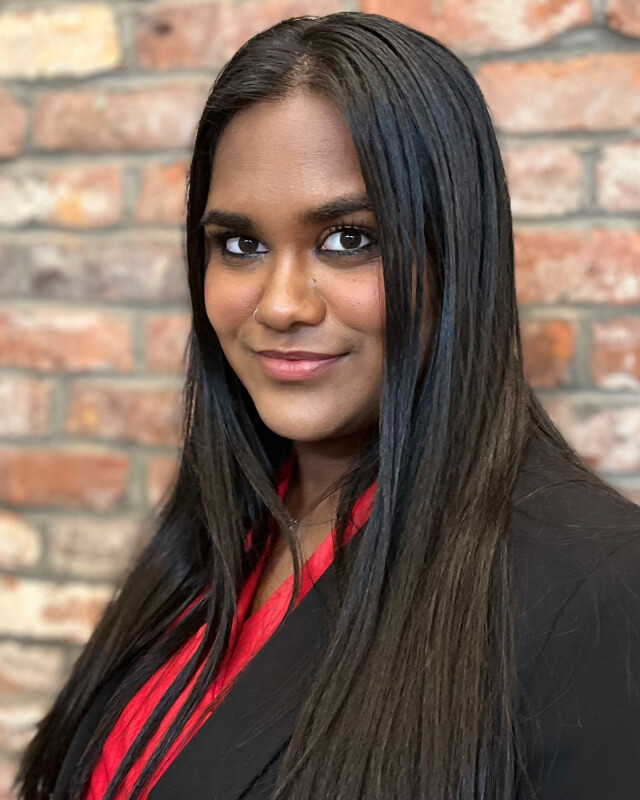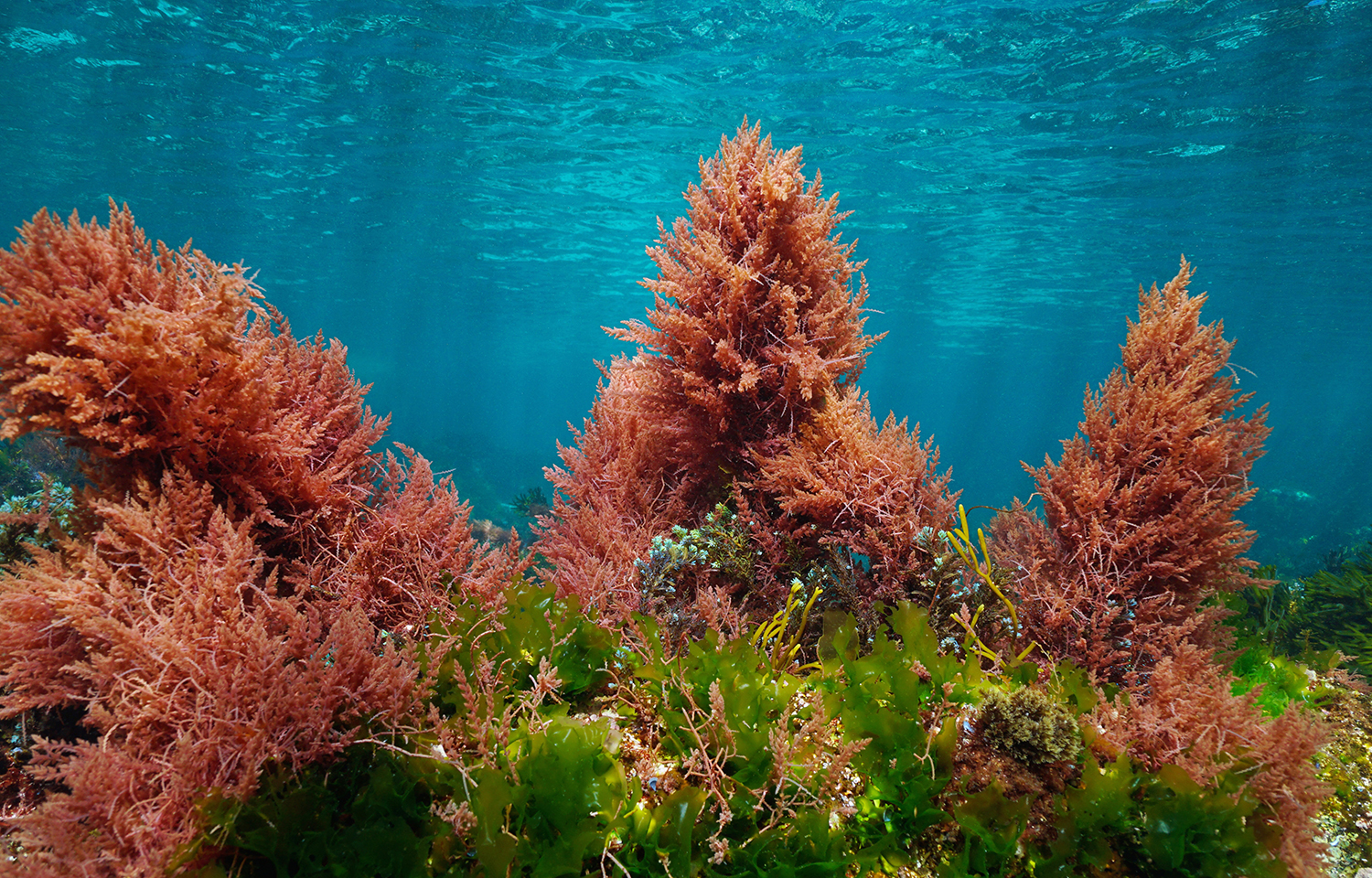SeafoodSource is closely following seaweed innovation by compiling a regular round-up of updates from the sector.
- Henderson, Nevada, U.S.A.-based Asparagopsis seaweed-harvesting company CH4Global has begun the formal construction of its commercial-scale facility for producing the genus that will be put mainly toward use in cattle feed.
The edible red seaweed (pictured), which is native to South Australia, will be cultivated in large-scale saltwater ponds at its South Australia-based facility, according to CH4Global CEO Steve Meller.
“Our mission to mitigate climate change through Asparagopsis seaweed-based technology has been catalyzed by the newly articulated global commitment to sharply reducing greenhouse gas emissions from agriculture,” Meller wrote in a self-published article on LinkedIn. "Our Methane Tamer (TM) feed supplement, capable of slashing enteric methane emissions from cattle by up to 90 percent, holds immense potential to transform animal agriculture, and 2024 will be the year when its real-world impact starts to be felt.”
The facility, which is to be located at Louth Bay on Eyre Peninsula, will hold the capacity to grow and process enough seaweed to supply 30,000 cattle per day in Australia and overseas.
- The Department of Marine Sciences at the University of Gothenburg in Sweden launched a research project aimed at developing European seaweed farms. The project plans to construct a genetic breeding program called the BlueBioBoost, which should make it easier for seaweed farmers to harvest, according to Mirage News.
"We will investigate the genetic variation of seaweed and how this variation can be used in the development of seaweed farms,” University of Gothenburg researcher at the Department of Marine Sciences Sophie Steinhagen said. “For example, there are a total of 20 unique species and subspecies of macroalgae sea lettuce along Sweden's coasts alone, and three of them are invasive. The project is part of the development of a sustainable cultivation of seaweed in order to increase the efficiency of seaweed production in Europe while protecting our valuable oceans.”
The project also aims to harvest increased volumes of seaweed to use as a sustainable food source.
“The scientific objectives of BlueBioBoost include improving propagation efficiency and genotype selection, better utilizing genetic variation while maintaining local diversity and actively engaging stakeholders in formulating a plan for the sustainable future of macroalgae breeding in Europe. Asian macroalgae cultivation has demonstrated the benefits of genetic improvement through selective breeding,” Steinhagen said.
BlueBioBoost will also include stakeholders and companies shaping macroalgae processing in Europe. Steinhagen said she will begin to work with Dingle, Sweden-based Nordic Seafarm to increase breeding efforts for sugar kelp and sea lettuce.
"The project aims to contribute significantly to the European Blue Economy and sustainable seaweed aquaculture. The primary focus is on enhancing the utilization of genetic resources in seaweed cultivation,” Steinhagen said. “We are an international team of researchers from Norway, Belgium, Ireland, and Sweden, and the project spans various European sea basins, including the Atlantic Sea, the North Sea, and Skagerrak, with anticipated outcomes impacting all relevant coastal areas for macroalgae cultivation in Europe."
- The seaweed Sargassum has been spotted making its way to the tropical Atlantic Ocean, leaving scientists unsure when or where it will pile up on beaches. The seaweed blob reached a record size in December, doubling the size of previous years, according to USA Today.
The seaweed belt, which originates from the Sargasso Sea, is composed of macroalgae that floats in large masses. Floating in the ocean, it’s harmless to humans, but when it washes ashore, it decomposes and produces hydrogen sulfide gas and ammonia, which smells like rotten eggs and can cause irritation to the eyes, throat, and nose.
Satellites have shown the Sargassum floating in the ocean between islands along the eastern Caribbean and Africa but are “very, very remote to Florida, the [rest of the] U.S., and the Caribbean,” University of South Florida Professor of Optical Oceanography Chuanmin Hu said.
Photo courtesy of Damsea/Shutterstock







